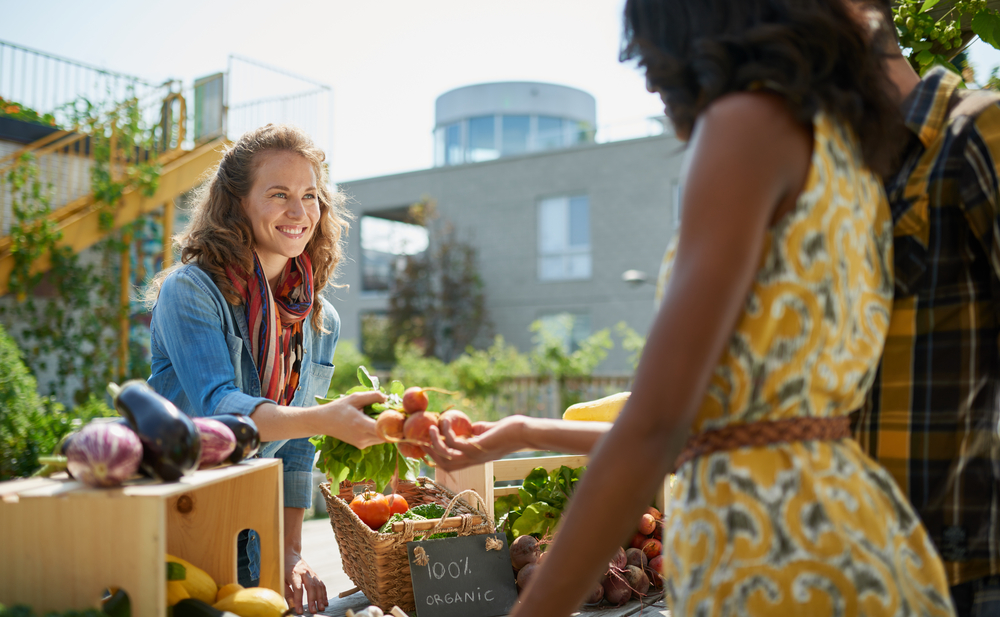
Because Tucson’s late spring outdoor temperatures can be compared to summer in many parts of the country, we have a prodigious combination of foresummer crops coming out of local gardens to grace our dinner tables.
We can thank greenhouses in part for the early bounty, but many Tucson and surrounding area gardeners were able to get started earlier in the year with seedlings than in most other areas of the country. Summer here is a force to be reckoned with, but the low incidence of frost are certainly in our favor.
Nothing tastes, feels and smells more pleasing than the cool, crisp yield of a summer garden. The heat makes us long for that cold, voluptuous slice of cantaloupe or the crunchy, sweet mouthful of watermelon. We were really missing these wonderful fruit delights when they were scarce in the grocery stores and they were just not up to par when they could be found during the off season.
Ours is a global community as much as we try to shop locally. Many shoppers view imported foods as a new deal, but spices and various food products, including produce, have been traded around the world since humans built the first true sea-worthy ships that would sail the entire earth’s waters. Hunter-gatherer societies did the same thing, only they moved with the food source instead of homesteading and waiting for dinner to come to them.
So, for centuries we’ve been spoiled by the ability to eat just about whatever we want at any time of the year. We don’t have to wait for local fig trees to produce them or for apples to grow in the fall and winter; rather, our grocers simply import them from another region or country with conditions that support their growth at a given time.
But how do we benefit by eating local, seasonal foods?
Attunement
Mother Nature had it all figured out before we did. Life has a certain balance, including when where and what types of food are available. Eating locally is the best way to eat with the seasons since the climate supports growth of certain foods at certain times. Your body will be more attuned to eating summer foods such as tomatoes, beans and cucumbers while it is hot. The special nutrients in summer harvest foods are designed to sustain you through the searing desert temperatures. The same applies to foods available in the other seasons.
Economy and Ecology
If you shop at farmer’s markets, you won’t be paying special taxes and shipment costs to get your food here. You will save fuel resources since most farmers only need to make an hour-long trip at most.
Nutrition and Taste
Seasonal, local foods contain most of the plant’s original nutrients since they’ve usually been picked only a few days before they reach your plate, whereas store-bought produce has been shipped from hundreds and thousands of miles and held in storage for weeks. Often, tomatoes and peaches are picked under ripe so that they will be somewhat ripened when they reach the grocer. During the time they are off the tree, they lose nutrients. Essentially, the more nutritious the food, the tastier it will be.
Health
Many local farmers raise all-natural and organic produce, which means your body will be spared the toxic overload to process from pesticides. In conjunction with the point of nutritional value, you will reap the health benefits from the fuller array of vitamins and minerals yielded by natural, in-season, local produce.

